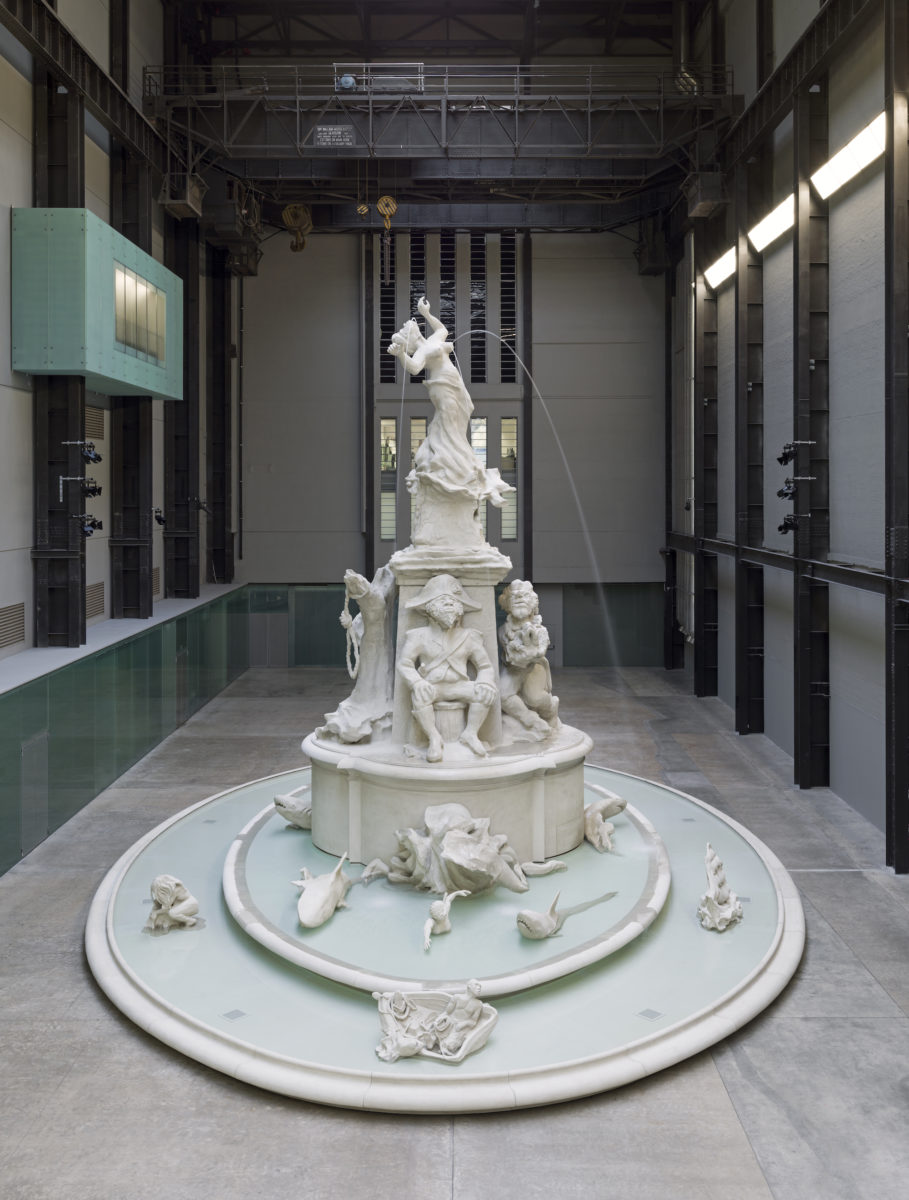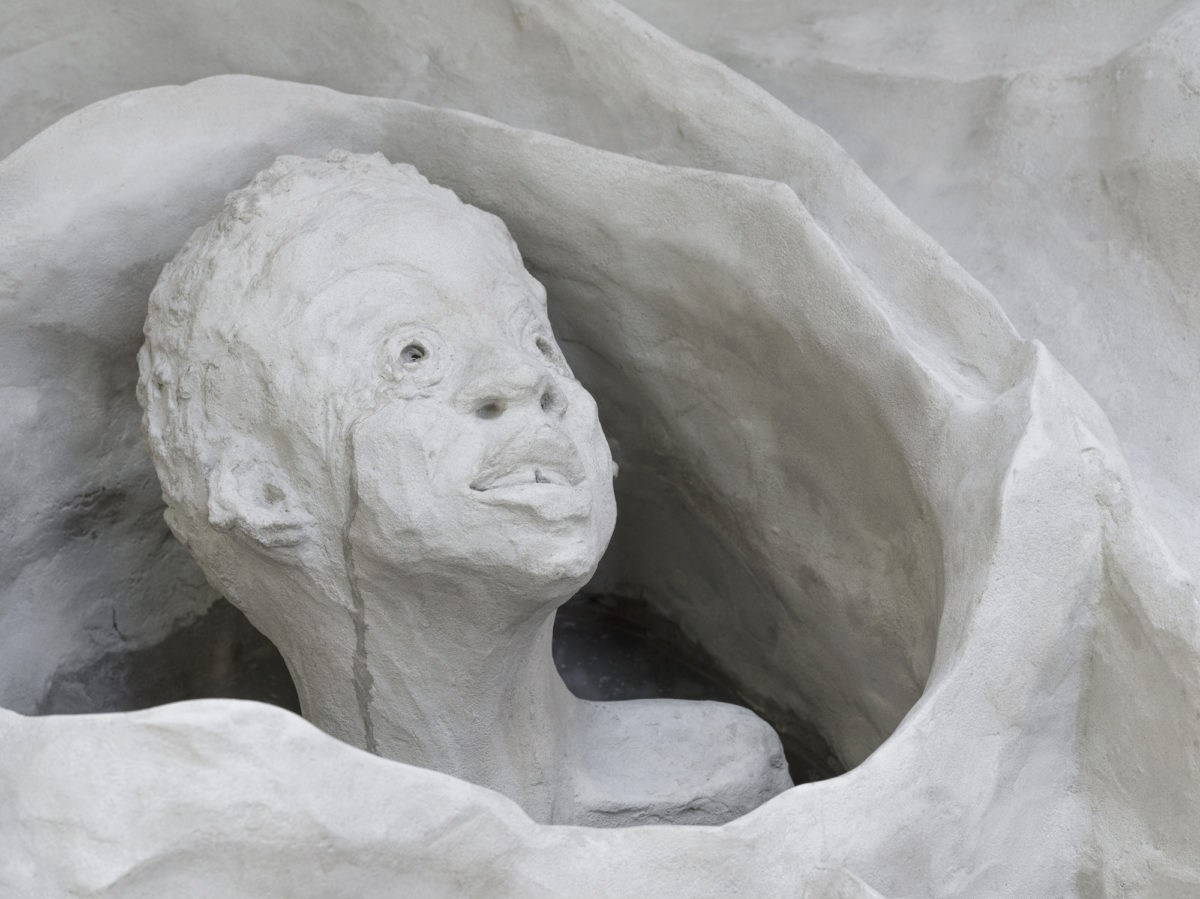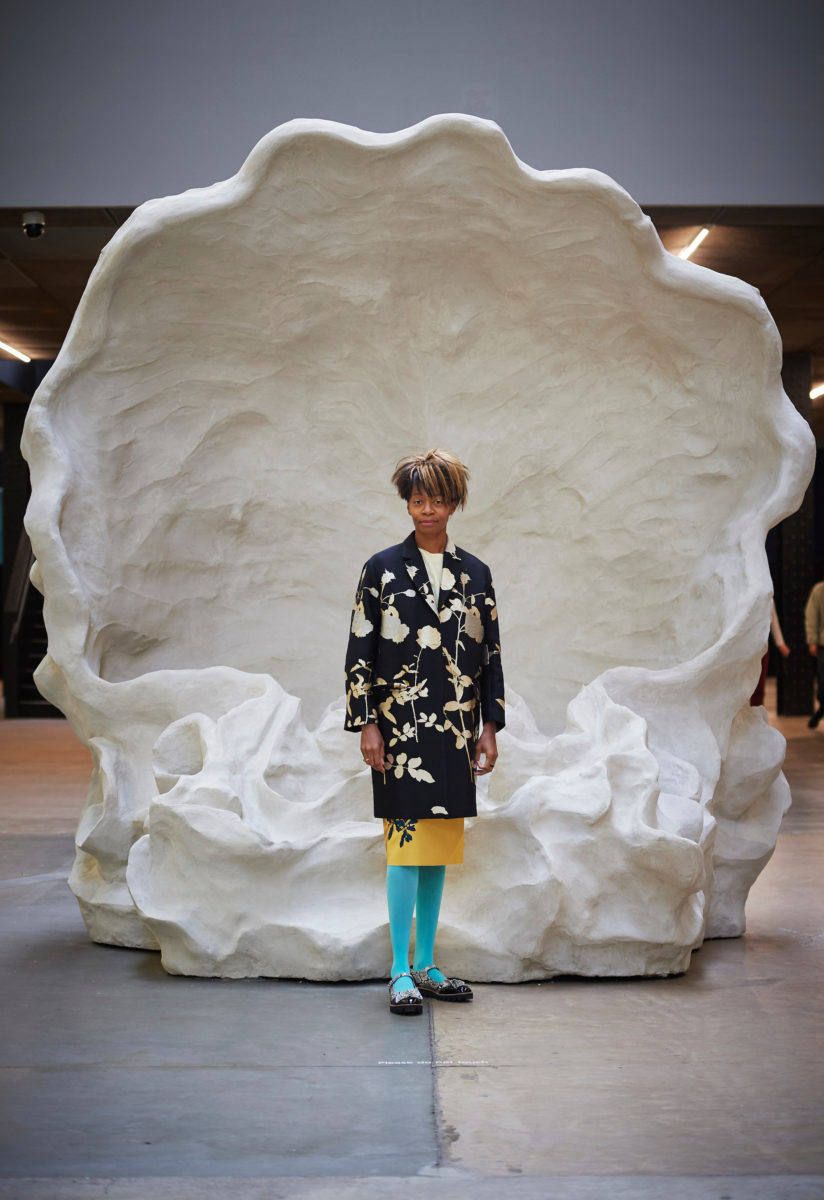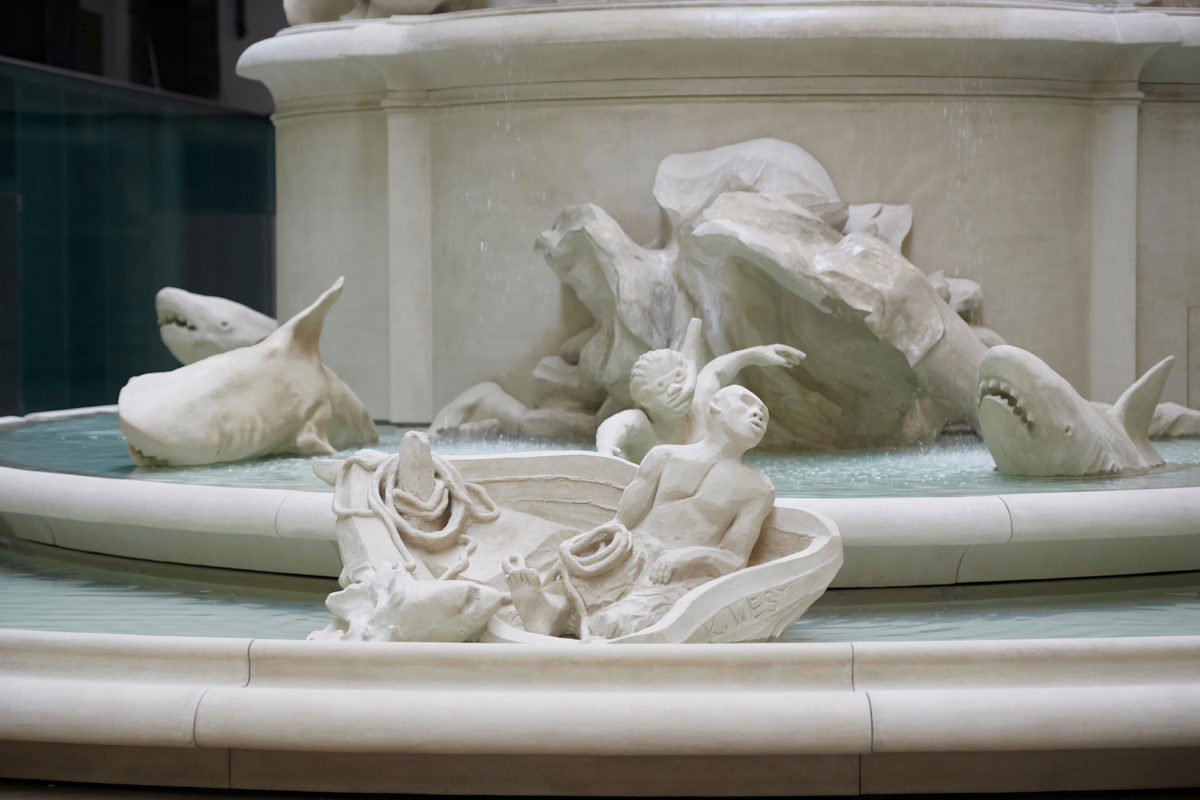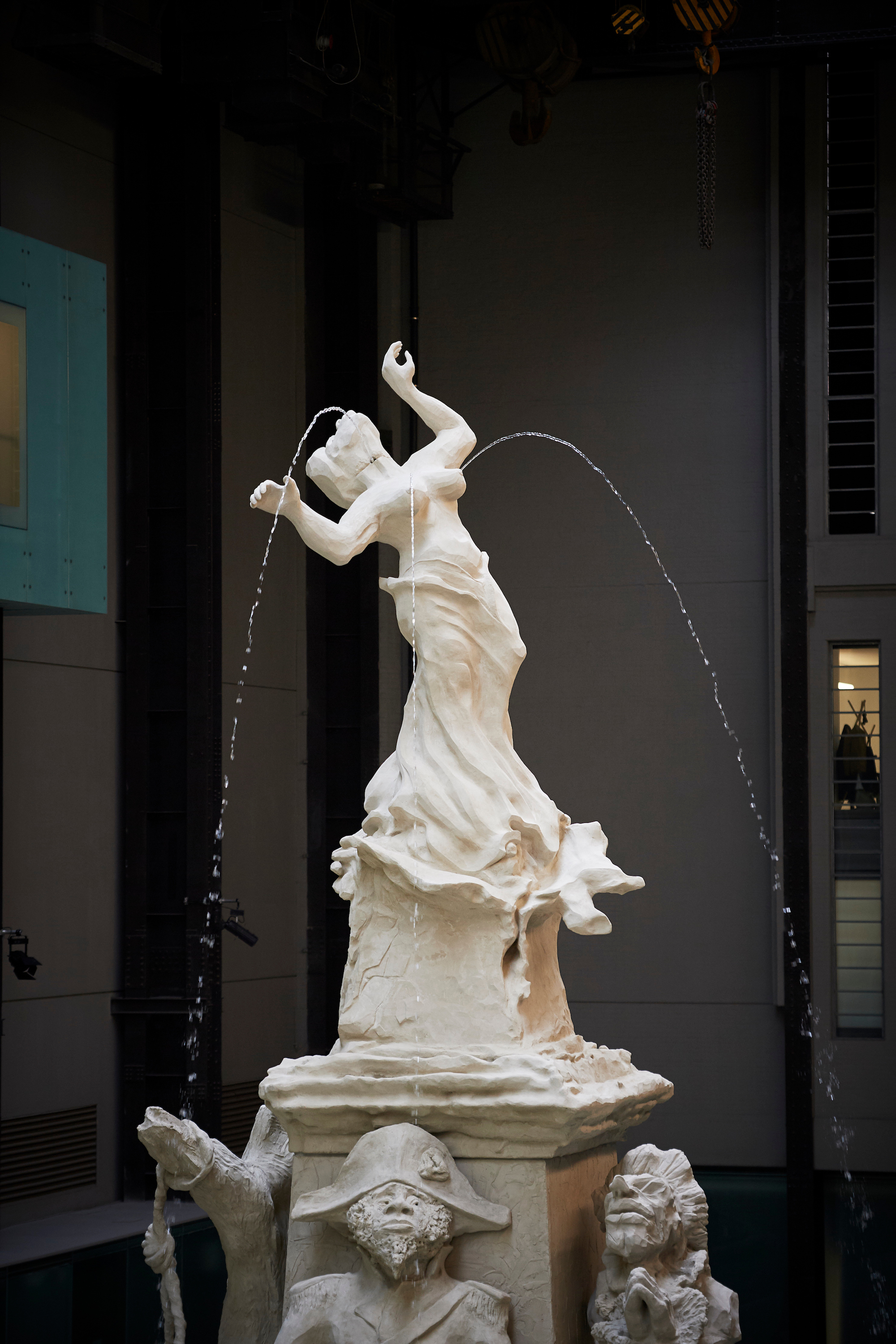
The Artwork We Made Together is a new series that examines how large-scale artworks get made, and spotlights the unseen hands that make it happen.
I’ve been a prop maker for the last five years, and before that I was doing set design for theatre. I studied Performance Design and Practice at Central Saint Martins, but I like being in a workshop; I like physically making. I feel more inspired by the process of building, by the materials and tools, than by a pen and paper.
I get a lot out of facilitating someone else’s idea. I can translate what people are saying and make it real. I’m good at understanding the rules of a certain universe and then applying them to an object or a piece; I can get people’s aesthetic sensibilities. Plus, it’s a total privilege to be trusted by someone to make their art.
Lately, I’ve been working for Millimetre, who are a specialist company that work with artists and architects to design, prototype, manufacture and build. Millimetre worked with Kara Walker to produce her new Fons Americanus at the Tate Turbine Hall.
Initially, Kara made these absolutely stunning clay models—just about four inches high—and you could even see her thumbprints on them. A company in New York then scanned them digitally. Millimetre used the scans and developed a new technique using cork as a substrate for the sculptures because it’s more sustainable than polystyrene or PU foam. They used their 7-axis robot arm to machine-build the sculptural forms. This is where I got involved in the process. Robots are great, but you need the human touch.
The machine will do what it’s told, but it’s about more than accuracy. When you’re sculpting forms or figures, it’s like, yeah sure, there might be a bone or a muscle here, but if your mind thinks otherwise then you have to follow that. With Kara’s figures on the fountain, they weren’t meant to be anatomical studies; they were carriers of other messages that she wanted to get across.
I feel confident making figures as I’ve done puppets and costumes before. I also life model, and go to life drawing a lot. I’ve always been thinking about the body in different ways. A lot of the figures in Kara’s sculptures are more suggestive, so it helps if you can transfer this kind of experience to it.
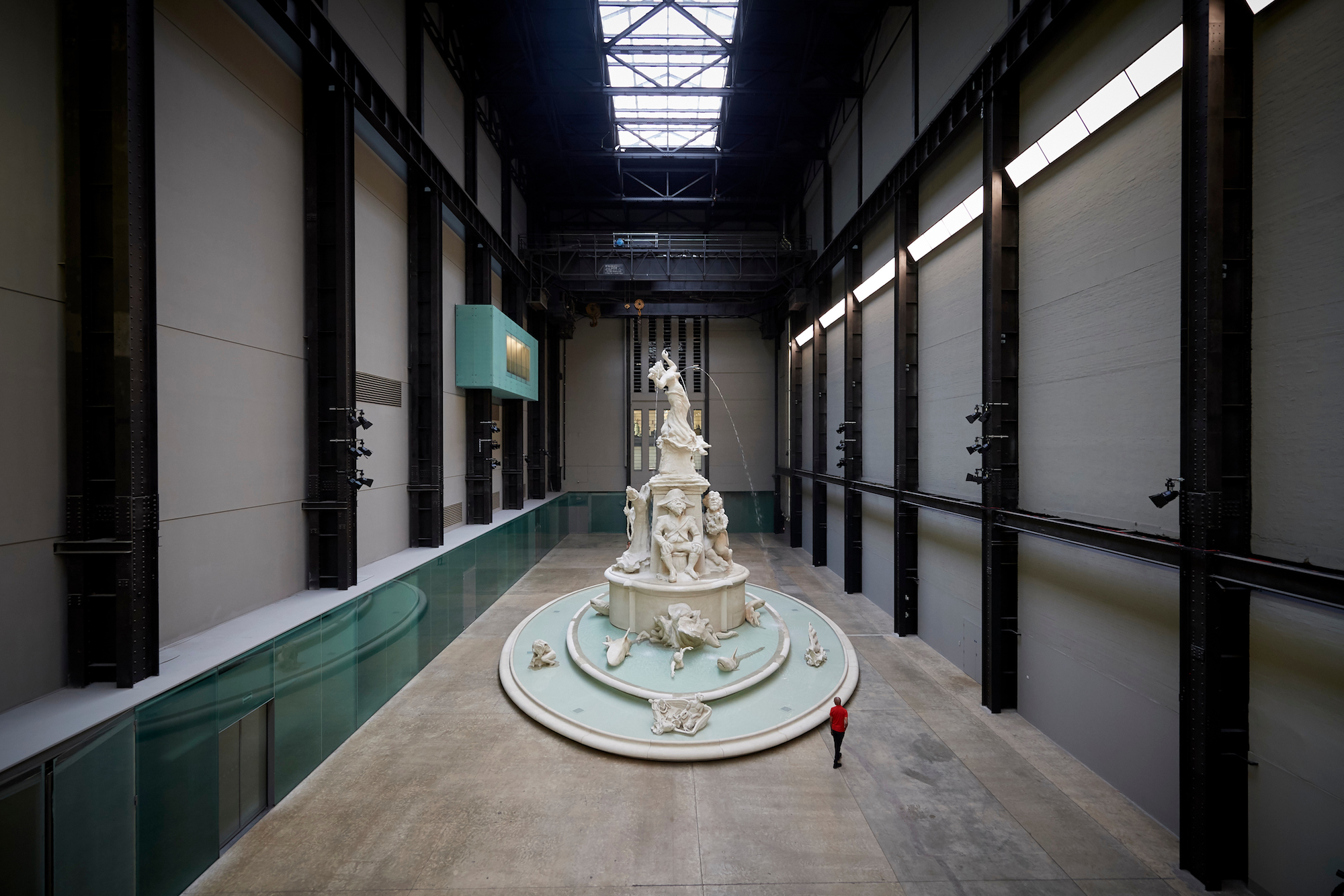
“One of the weird things is, I’ve touched pretty much every part of that artwork, and now that it’s at the Tate I can’t touch it at all”
It’s really different making an artwork than making a prop; you feel a lot more responsibility, which is scary. Kara came over and visited the workshop for two weeks, and I worked closely with her on the final layer of the Acrylic modified cementicious render, a material that imitates stone.
In the end, we followed a process similar to painting by numbers. We went through all of the sculptures and discussed which textures she wanted on each figure, and then we plastered and sculpted by numbers. On the figurative sculptures that are in the monument, their hair is really significant; all but one has Afro hair, and it was really important that we got the textures right. We were all working side-by-side.
There was a month-long install at the Tate after all the big stuff was done. The Venus on top is massive, so her arms and skirt were separate; we had to put them on and make sure that the joint was seamless. It was lots of tinkering and making good.
It can be quite challenging to keep the consistency. It’s got to look like it’s come from one mind, which is difficult on a very big team. You’ve got to be disciplined with yourself, too, looking at Kara’s drawings to understand the energy that she wanted in the piece.
We worked on the project for four months in total, with more than thirty of us on the team. On the last day that I worked onsite, I got very overwhelmed and started to cry because I was so unbelievably proud of what our team had accomplished. It was great to see Kara’s excitement, too. It’s so personal.
One of the weird things is, I’ve touched pretty much every part of that artwork, had my hands all over it, and now that it’s at the Tate I can’t touch it at all. It’s not even Kara’s anymore, really. It’s a monument.
As told to Louise Benson
All images Hyundai Commission, Kara Walker, Fons Americanus © Ben Fisher © Tate photography (Matt Greenwood)

